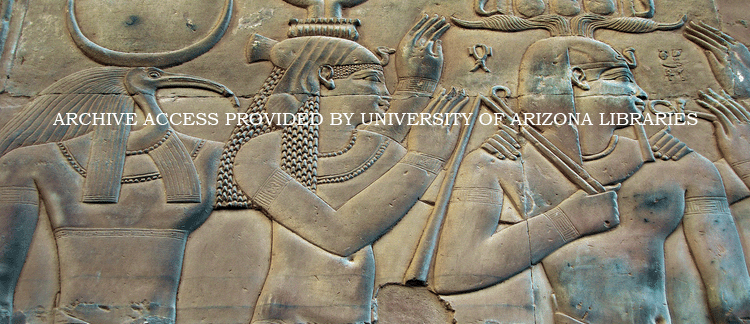Abstract
Feasts were a vital part of life in the Ancient World. Those worthy of expression in images and texts were ideological and symbolic, celebrating royal power, marking the ritual calendar, creating alliances, and maintaining the status quo of society. Strikingly, in all representations relating to feasting, no one is actually depicted eating. The paper investigates this phenomenon both within the framework of the social impetus for feasting, and in terms of how iconography works. Using select examples from the art of Egypt, Mesopotamia, and the Aegean of the 3rd and 2nd millennium, the paper demonstrates how preparations and ceremonial actions convey the culminating social action of the feast. Processions, gift bringing, and holding the cup, in particular, allude to the wider significance of feasting by focusing on moments of ceremonial resonance. It is these—rather than consumption—that encapsulate the symbolic importance of feasting for elite social relations.
How to Cite
Morgan, L., (2015) “Why is No One Eating? The Iconography of Feasting in the Ancient World”, Journal of Ancient Egyptian Interconnections 7(3), 49-64. doi: https://doi.org/10.2458/azu_jaei_v07i3_morgan
1088
Views
312
Downloads
